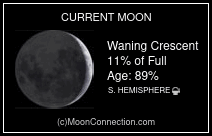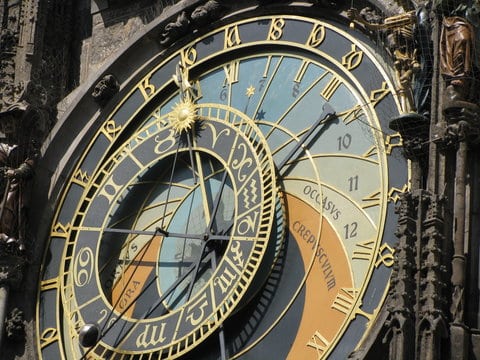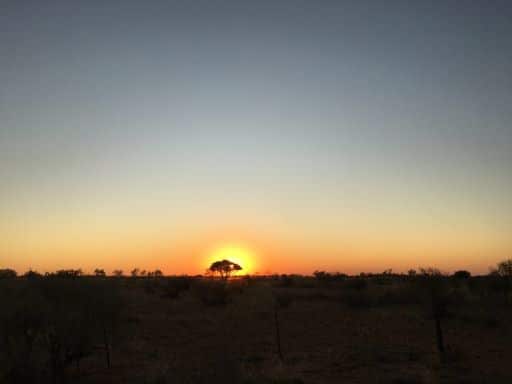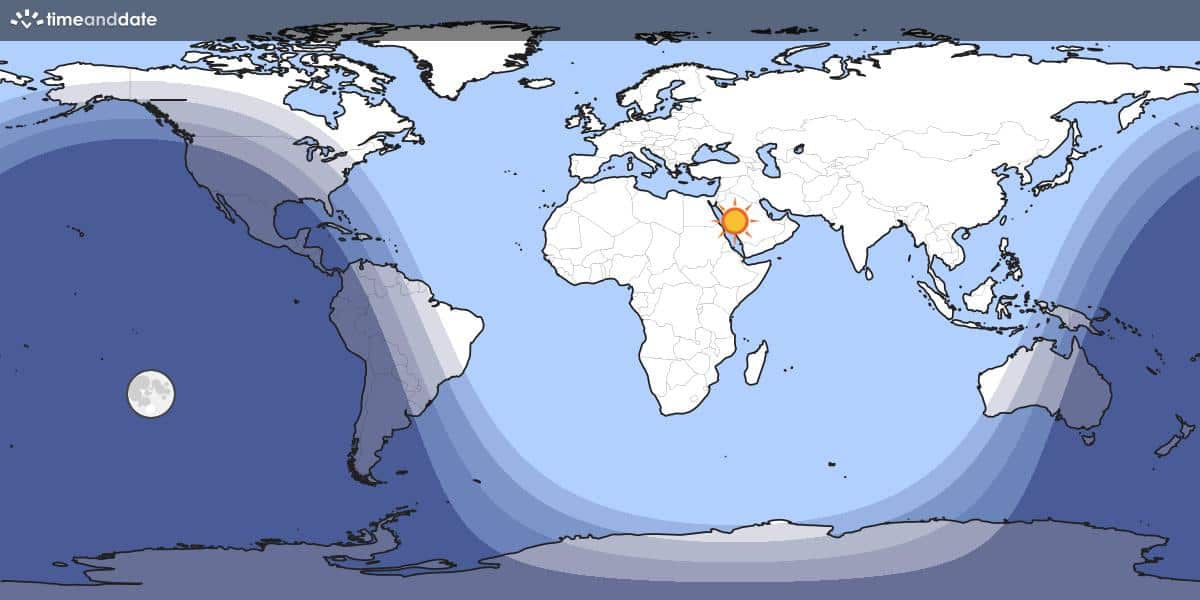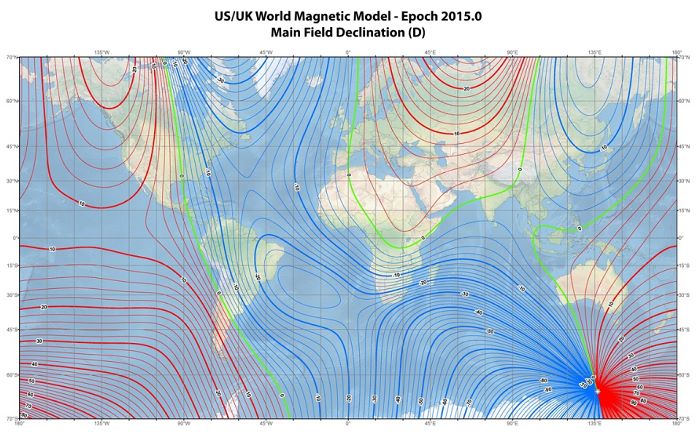LMC 2 Supergiant Shell
Steve Gottlieb’s Observations
NGC 2093 = ESO 057-023 = S-L 657 = LH 109
05 41 50 -68 55 18; Dor
V = 11.6; Size 1.5′
14″ (4/3/16 – Coonabarabran, 178x): this stellar association (LH 109) is located just 20′ NE of the center of the Tarantula Nebula and less than 1′ SSE of a mag 7.2 star (HD 38617). It appeared as a fairly bright, fairly large mottled glow, roughly 1.7′ in diameter. HD 270007, a mag 11.7 yellow supergiant is at the W edge. Several faint stars are resolved around the edges, including ones at the N, NE and S side. A mag 9.4 star (HD 38654) is 3′ NW and a mag 9.4 star (HD 269975) is 6′ WSW.
Notes: James Dunlop probably discovered NGC 2093 = D 144 = h2963 on 27 Sep 1826. After noting the Tarantula Nebula on his 2nd drift (called the “Bright Nebula”), he recorded “an exceedingly small round faint nebula with a brightish point in the center.” His rough offset of 2 minutes 20 seconds and 8′ N (from the large nebula) is within 5′ of NGC 2093. He may also have recorded it three nights earlier.
John Herschel rediscovered NGC 2093 on 30 Dec 1836 (sweep 759) and recorded “vF, S, R. This nebula forms an appendage to the skirts of the great looped nebula 30 Doradus, which hang down in visible fringes from the upper (southern) part of the field.” Herschel gave a possible equivalence with D 184, which James Dunlop discovered on 27 Sep 1826, but this number is from the drift in which he misidentified the reference star (Theta Dor) and all positions in the drift are systematically in error.
NGC 2100 = ESO 057-025 = S-L 662 = LH 111
05 42 08.5 -69 12 41; Dor
V = 9.6; Size 2′
18″ (7/8/02 – Magellan Observatory, Australia): this LMC cluster appears as a small, bright (V = 9.6) clump of stars and unresolved haze with a diameter of ~2′. Fairly compact and isolated with at least ten mag 12 and fainter stars resolved. Located 20′ ESE of the core of the Tarantula nebula within the OB association LH 111. On the DSS, this appears to be a very rich open cluster or globular within a larger association. NGC 2092 lies 4′ WSW and NGC 2108 is 10′ ENE.
Notes: James Dunlop discovered NGC 2100 = h2966 = D 151 = D154 = D 147 on 3 Aug 1826. On this date he reported D 151 as “a faint ill-defined small nebula” and his position is 2.5′ too far NW. D 154, found on 25 Sep 1826, was recorded as “a pretty bright round or rather elliptical nebula, 25″ diameter.” Although his position is 5.6′ too far ESE, his offset from the center of the Tarantula Nebula (the previous object in the drift) is a perfect match. D 147, recorded at the end of his 2nd sweep of 27 Sep was also called “a pretty bright round or rather oval nebula, 30″ diameter.” Dunlop catalogued each observation individually as his reduced positions varied.
John Herschel made several observations, starting on 3 Nov 1834 (sweep 509). On 9 Feb 1836 (sweep 673), he noted “globular, B, R, 3′, all resolved into stars 13..16th mag.” Again on 11 Nov 1836 (sweep 748), he called it “B, S, much compressed, not much brighter in the middle; irregular oval, 3′, stars distinct 13th mag.” Herschel suggested equivalences with “Dunlop 154, 151? or 154??”
NGC 2102 = ESO 057-029 = S-L 665
05 42 21 -69 29 12; Dor
V = 11.4; Size 1.0′
30″ (10/13/15 – OzSky): at 394x; bright, small, mottled glow, 24″ diameter. A half dozen tightly packed stars are resolved including an easy mag 12.9 star at the S edge. Located 17′ E of the excellent NGC 2074 nebulous cluster and 15′ SE of showpiece NGC 2081, both of which lie ~20′ SSE of the Tarantula Nebula!
Notes: John Herschel discovered NGC 2102 between Nov 1836 and Mar 1837 with a 5-inch refractor and recorded it as #730 in his preliminary catalogue of “Stars, Nebulae and Clusters in the Nubecula Major.” His position is 0.9′ SSW of this cluster.
LMC-N163
05 43 09 -69 45 57; Dor
Size 3.6′
30″ (10/13/15 – OzSky): this LMC emission nebula appears as a bright, large, irregular glow, ~3′ diameter. Several stars are involved with the nebulosity, including a mag 13 star on the N side and a couple of additional mag 13.5 stars (H-S 400 = KMHK 1284). The nebula displayed an excellent response to the NPB filter at 152x and 303x. The glow is clearly brighter in an arc (opening towards the NW) on the SE end. NGC 2113 lies 11′ E.
NGC 2108 = ESO 057-033 = S-L 686
05 43 56.6 -69 10 52; Dor
V = 12.3; Size 1.8′
18″ (7/8/02 – Magellan Observatory, Australia): picked up while viewing NGC 2100 located 10′ WSW. At 171x NGC 2108 appeared as a fairly faint knot, ~1 diameter with no resolution. HD 270046, a 10th magnitude massive yellow supergiant, is 5′ SW.
Notes: John Herschel discovered NGC 2108 = h2970 on 16 Dec 1835 and described as “eF; pL; 1E.” His position is accurate.
Herschel gave an uncertain (??) equivalence with D 153, which James Dunlop described on 25 Sep 1826 as “a faint small round nebula, 15″ diameter.” His position is 7.4′ NW of the cluster, so within his typical errors, but I highly doubt Dunlop could have picked up this cluster with his 9″ speculum reflector.
NGC 2113 = LMC-N168 = ESO 057-36
05 45 25 -69 46 30; Dor
V = 12.3; Size 2.0′
30″ (10/13/15 – OzSky): bright, fairly large elongated glow, knotty, 1′ diameter. This nebulous cluster has an unusual structure; a small bright elongated knot is on the E end (N168A) and a second small, fairly bright, elongated knot is adjacent on the west side (N168B). There was a strong response to an NPB filter and a much larger nebulous hazy glow extends to the west, increasing the size to 1.5′. The high surface brightness elongated pieces lie on the E end. Located 30′ E of the NGC 2078/79/83/84 complex. Emission nebula N163 lies 12′ W.
Notes: James Dunlop discovered NGC 2113 = D 156 = h2975 on 24 Sep 1826. He described “a very faint ill-defined nebula, 15″ or 20″ diameter.” His reduced published position was 11′ too far SE, but his offsets from NGC 2065, encountered previously in the same drift, is a perfect match.
John Herschel rediscovered NGC 2113 = h2975 on 3 Nov 1834 and recorded (first of 5 observations) “F (?) L, R; thick haze.” The next observation was recorded as “a pB cluster nebula 90″.” On a third occasion he noted “F cluster, irregular figure; gradually brighter in the middle; 2′; resolved.” The fourth observation was recorded as “F, irregular figure; resolvable; one star seen; 90″.” The final observation was recorded as “irregular oval cluster; vF; 2′ diameter; vl compressed to the middle; almost nebulous. Stars = 16th mag.” John Herschel noted the equivalence with Dunlop 155.



